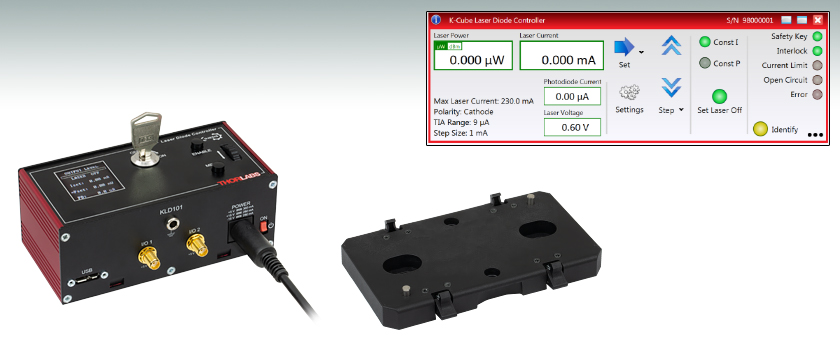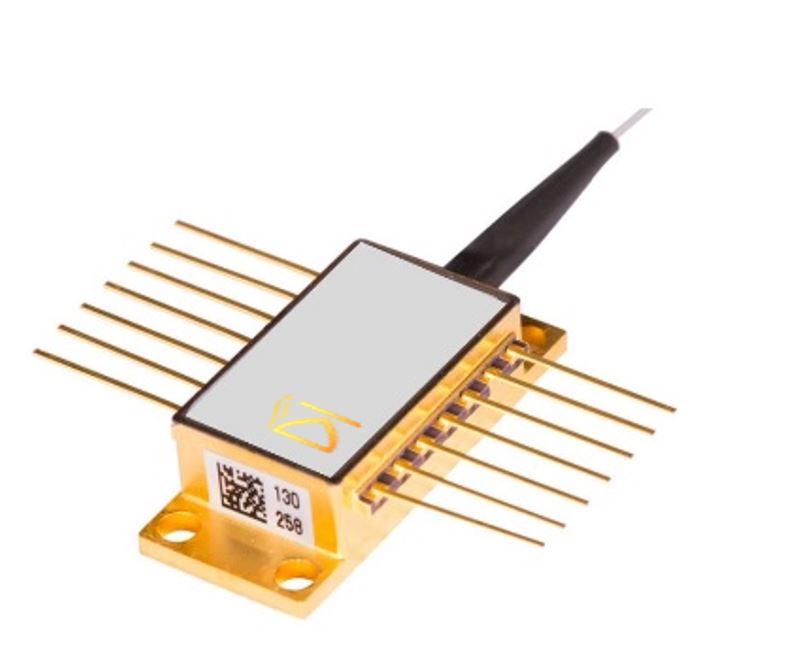Drivers Sma Technologie Port Devices
The LM058 can communicate with another Bluetooth® serial adapter or Bluetooth® devices such as laptops, desktops, PDA’s or mobile phones. Supports Bluetooth® Serial Port Profile (SPP) and Bluetooth® Generic Access Profile (GAP). CSR Bluecore 4 chipset. 100m (329 feet) range with standard 2 dBi Antenna. Ultra-compact yet fully-featured, integrating multiple Gigabit Ethernet interfaces, high-powered Wi-Fi with hotspot/captive portal functionality, Active GPS, and Power over Ethernet (PoE).
Windows Vista Ultimate

- Create a new folder on the computers desktopwith the name ‘Print’ (or any name you like).
- Go to www.infdump.com and download the file usbprint.inf from this website. Please make sure that the file version is 5.1.2600.0. The exact link to download this file is www.infdump.com/download-inf-files_new.php/inffiles/U/USBPRINT.INF/5.1.2600.0/download.html
- Save the usbprint.inf that you will download in Print folder that we created before on Desktop.
- Now connect your printer to the computer (make sure it is powered on) and go to device manager, you will see Unknown device under Other devices.
- Do a right click on Unknown device and choose the first option that says Update device driver/software. Then choose 'Locate drivers from my computer' (this would be the second option). Now click on browse button to go to the Print folder created on Desktop and click Ok. You will see a warning prompt on the screen.
- Choose the option 'Install the printer any way' option (second option). This will update the USBprint.inf file and enable the system to recognize the Laserjet printer.
- Go to the Printers folder in Control panel and check for the Laserjet Printer. You will see the icon of the Laserjet 1020 printer
- In case the printer is still not listed there then install/reinstall the printer drivers.
- Right click the printer and go to properties. Click on the Ports tab. Make sure that the Virtual USB port has a check mark.
- Finally confirm that your printer is working by printing a test page.
For general information about developing drivers see Getting started with Windows drivers and Write your first driver.


The majority of the driver technology information is the same for all editions of Windows 10. When you must make special considerations for a particular edition of Windows, such as for Windows 10 Mobile, we explicitly called these out in each technology area.
Windows drivers
You can create a Windows Driver—a driver that uses a subset of the available interfaces—to run on all editions of Windows 10. Where possible, use a Windows Driver to enable deployment of your drivers on multiple devices. For more information about how to build, install, deploy, and debug a Windows Driver for Windows 10, see Getting Started with Windows Drivers and Deploying a Driver to a Test Computer.
Device drivers and Windows 10 for desktop computers

For information about the tools used to develop desktop drivers, see Driver Development Tools and Tools for Verifying Drivers. For information about deploying drivers to Windows 10 on a desktop, see Device and Driver Installation. For information about troubleshooting driver installation, see Troubleshooting Configuration of Driver Deployment, Testing and Debugging.
Drivers Sma Technologie Port Devices Gigabit
Driver technologies
Drivers Sma Technologie Port Devices Download
Related sections
